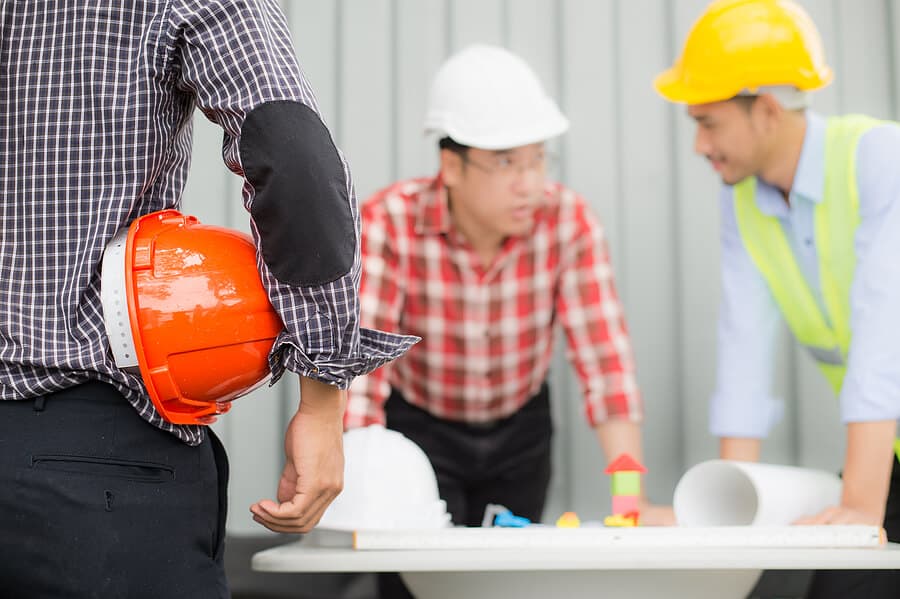
Construction workers are the backbone of our modern society, but they often work on noisy and hazardous job sites. The constant clatter of machines and equipment can take a toll on their hearing health. Noise-induced hearing loss (NIHL) is a prevalent and preventable issue in the construction industry.
The Deafening Dilemma: Understanding Noise-Induced Hearing Loss
Noise-induced hearing loss is a gradual but irreversible condition caused by prolonged exposure to loud sounds. In construction, the sources of excessive noise are abundant: power tools, heavy machinery, drilling, hammering, and more. Over time, this constant barrage of noise can damage the delicate hair cells in the inner ear, leading to hearing impairment.
The Impact on Construction Workers
Construction workers are at a higher risk of developing NIHL due to their daily exposure to noisy environments. The consequences of hearing loss in this profession are profound:
- Communication Challenges: Hearing loss can make it difficult for construction workers to communicate effectively on the job, increasing the risk of accidents and errors.
- Safety Hazards: Diminished hearing can pose safety hazards, as workers may not hear important alarms, warnings, or signals.
- Quality of Life: Hearing loss can have a significant impact on a worker’s overall quality of life, leading to social isolation and emotional distress.
- Reduced Earning Potential: Workers with hearing loss may face limitations in job opportunities and earning potential.
Prevention is the Key
Preventing noise-induced hearing loss in construction workers should be a top priority. Here are some crucial preventive measures that can make a significant difference:
Engineering Controls
Quieter machinery is a great place to start. When updating the machinery, prioritize quieter models. Sound barriers can also help. Erect sound barriers around noisy work areas to reduce noise exposure for workers in adjacent zones. Enclose noisy equipment or create separate workspaces for tasks that generate excessive noise.
Administrative Controls
NIHL can also be tackled through scheduling. Organize work schedules to limit exposure to high-noise activities during certain hours or days. Rotating workers can also minimize prolonged exposure to high noise levels. Provide education and training to workers on the risks of noise exposure and the proper use of hearing protection.
Personal Protective Equipment (PPE)
Hearing protection is essential on construction sites. Ensure workers have access to hearing protection devices like earplugs and earmuffs. The choice of hearing protection should depend on the specific noise levels in the environment. Invest in high-quality hearing protection devices that offer a comfortable fit and adequate noise reduction. Regularly conduct fit testing to confirm that hearing protection devices are effectively reducing noise exposure.
Monitoring and Compliance
By implementing regular audiometric testing, employers can do their part to monitor workers’ hearing health and identify any signs of hearing loss. This can facilitate early intervention. Regularly assess compliance with noise control measures, including proper use of hearing protection.
Awareness and Education
Noise hazard training is a great way to give construction workers all the information they need to make healthy choices for their hearing health. Provide ongoing training about noise hazards, their consequences, and the importance of preventive measures. Establish hearing conservation programs within construction companies to maintain a culture of hearing health.
Regulatory Compliance
Be aware of and adhere to local, state, and federal regulations governing noise levels in the workplace. Ensure that the workplace is within the permissible noise exposure limits.
A Better Future for Construction Workers
Construction workers have a huge impact on our cities and towns, and their hearing health is essential for their safety and quality of life. Preventing noise-induced hearing loss is not only possible but also crucial. By implementing engineering controls, administrative measures, PPE, monitoring, and education, the construction industry can reduce the risk of NIHL and ensure that these unsung heroes can enjoy a sound and fulfilling future.
Treating Hearing Loss
Do you have hearing loss? If you’ve noticed any recent changes in your hearing health, book a hearing test. This comprehensive assessment will tell you everything you need to know about your hearing health. If you have hearing loss, we’ll work with you to find the perfect hearing devices to help you reconnect with the world of sound! And if you work in a noisy environment, we’ll help you find customized hearing protection solutions to protect your hearing.
